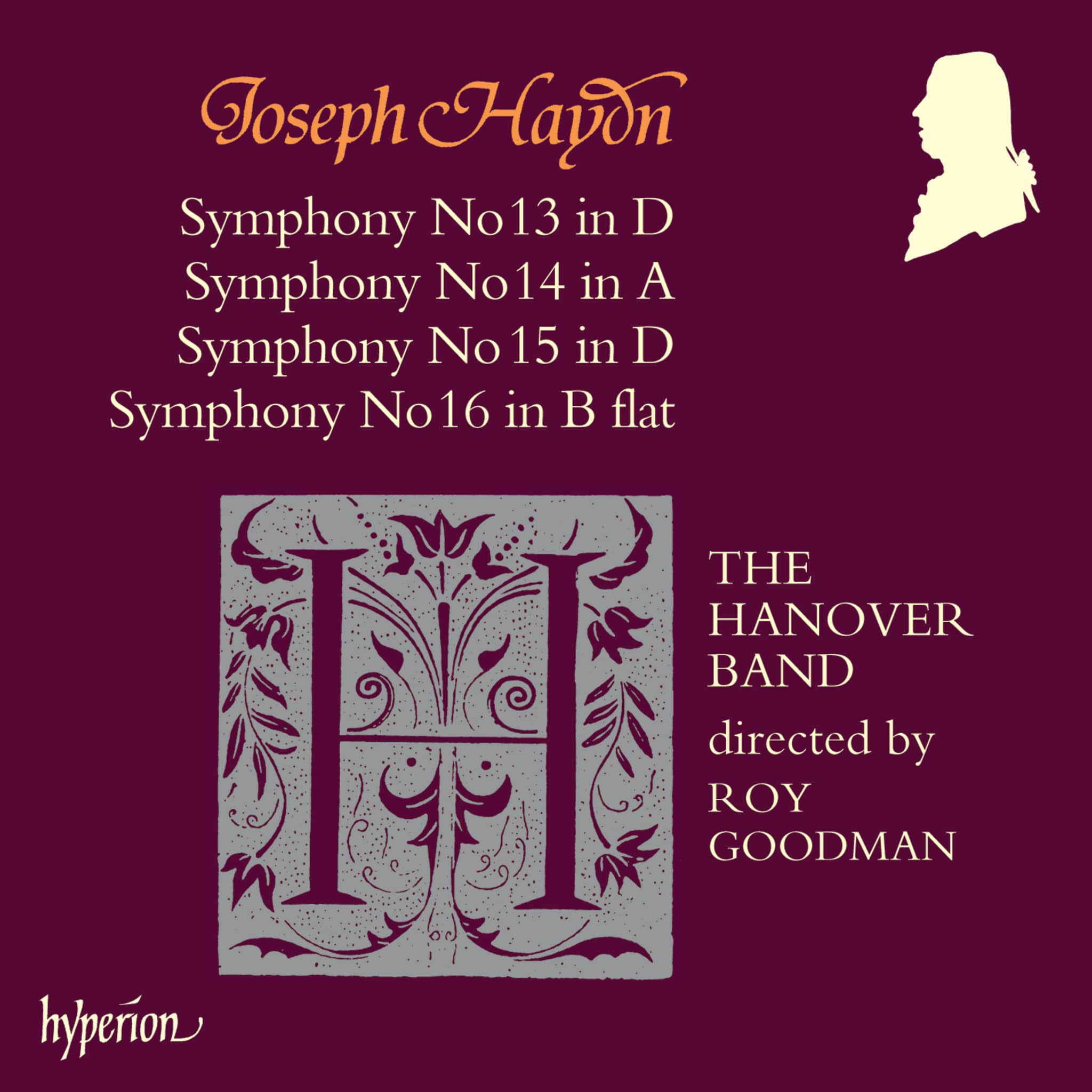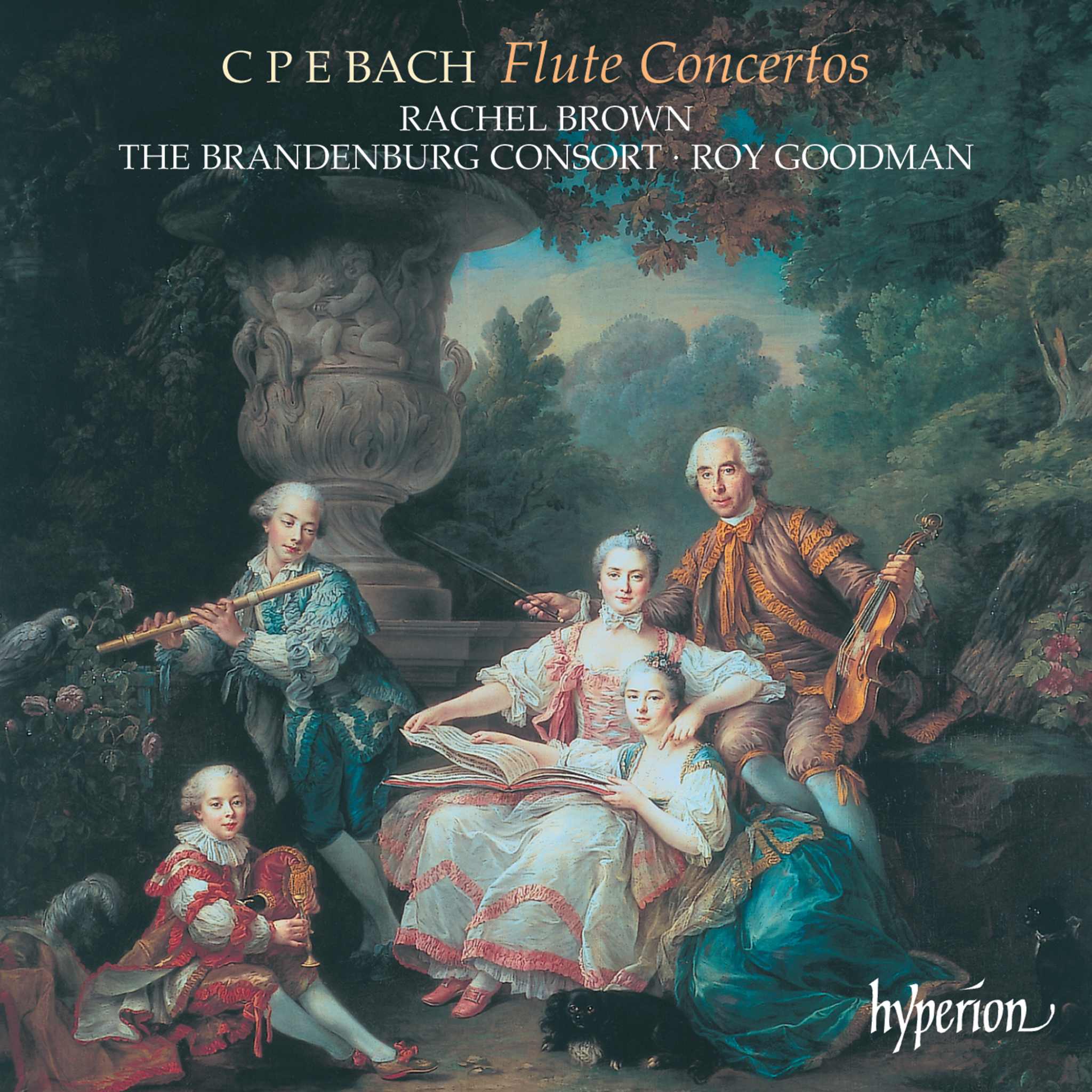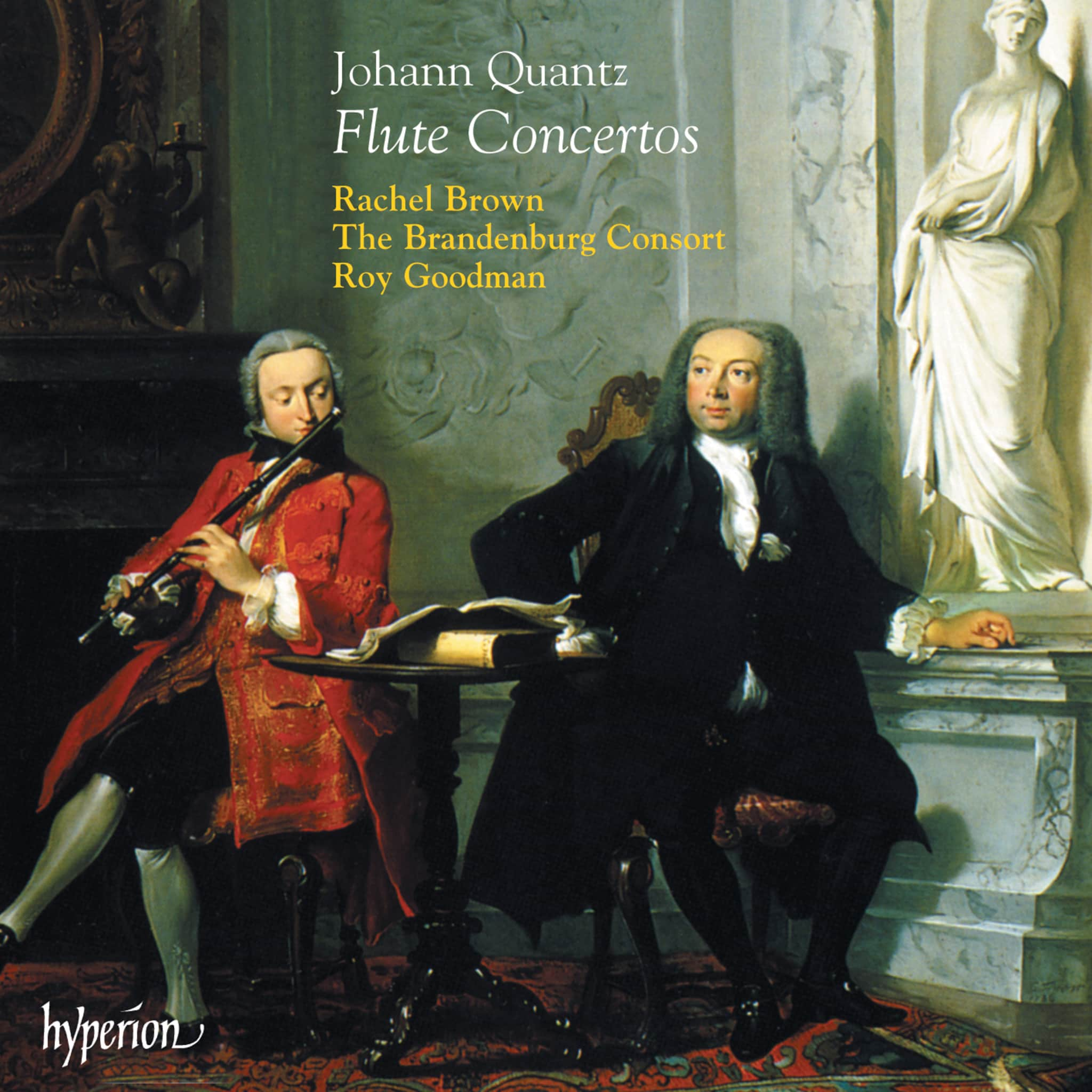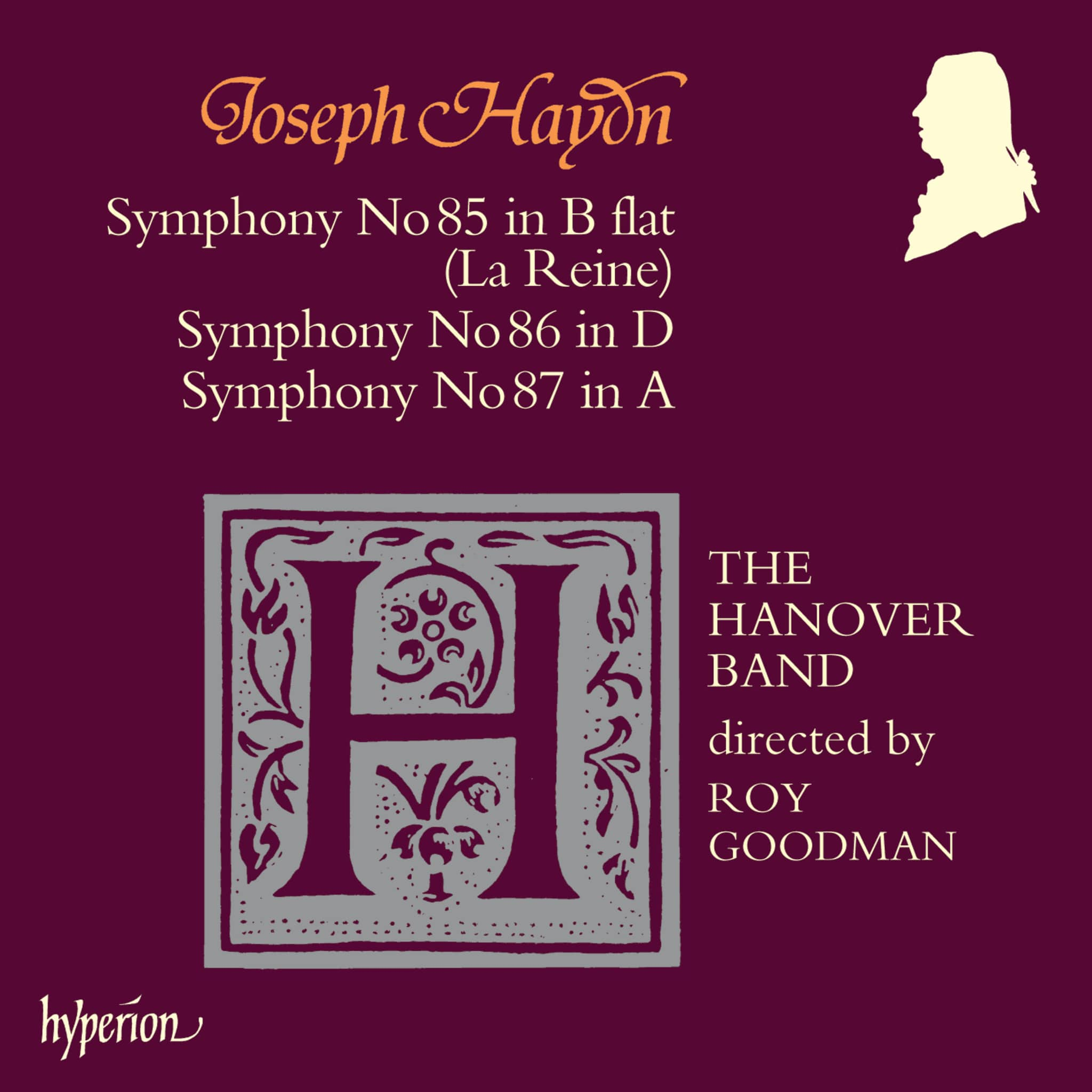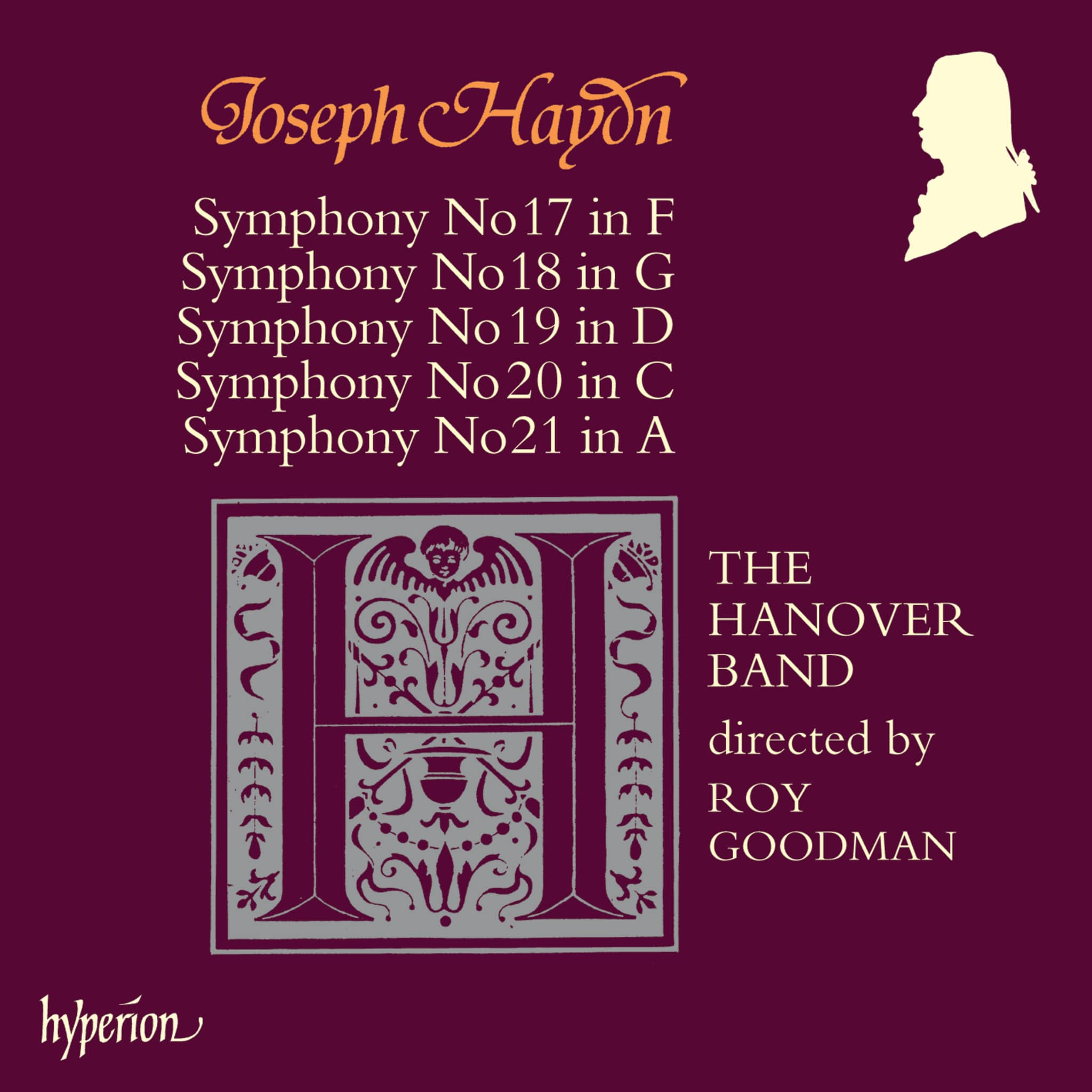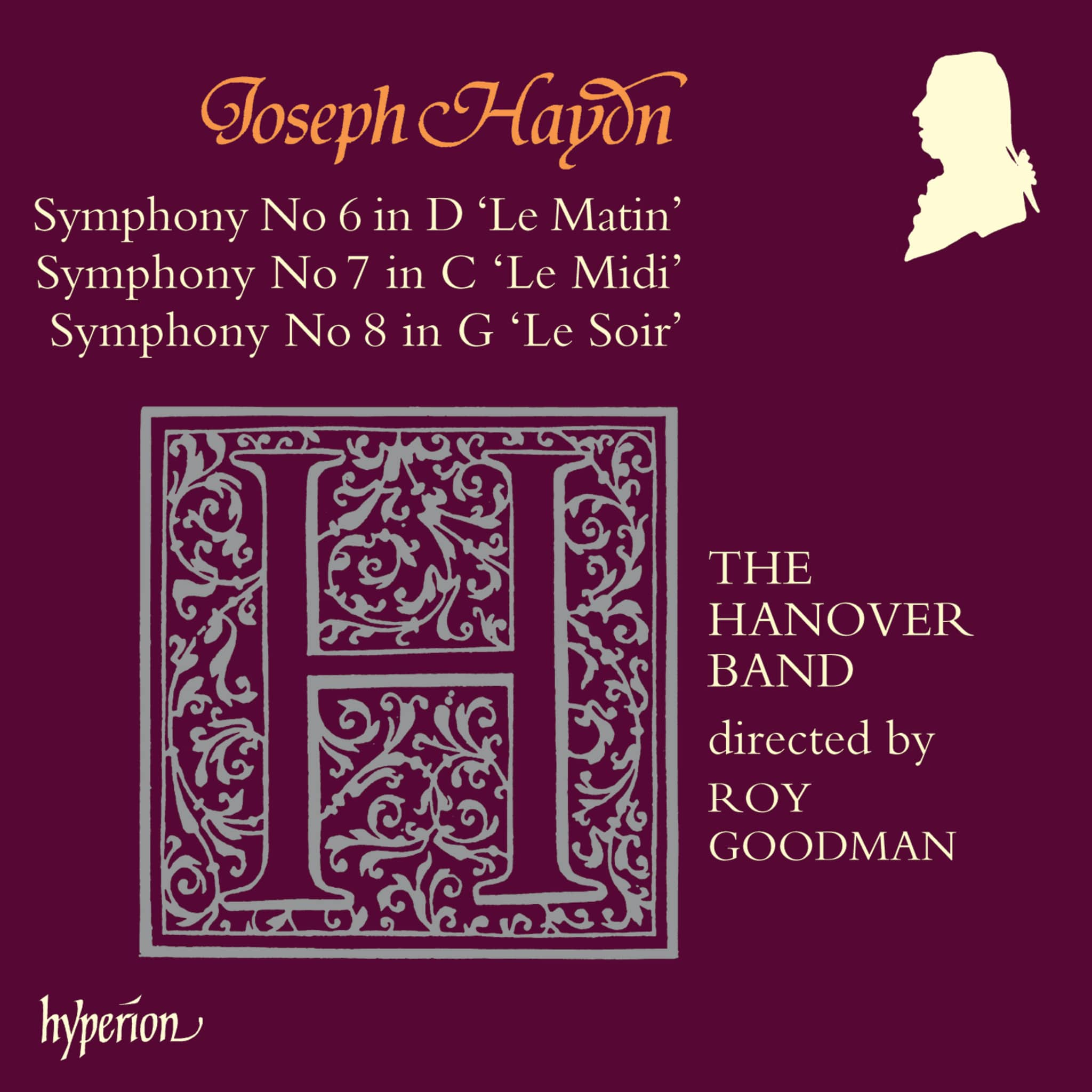Album insights
Shostakovich completed his Eleventh String Quartet on January 30, 1966, dedicating it to the memory of Vasily Pyotrovich Shirinsky, the original Second Violin of the Beethoven Quartet who had recently passed away at the age of 65. The quartets 11 to 14 were each dedicated to a member of the famous Beethoven Quartet, known for their association with these works. The premiere of the Eleventh Quartet was performed by the Beethoven Quartet with Nikolai Zabakhnikov as Second Violin on March 25, 1966, at the Moscow Composers' Union.
The string quartet genre has historically gone beyond four movements, unlike symphonic works, leaning towards the structure of a Partita or Divertimento. The violin, an instrument of group dances, village dances, and official social events, was also the instrument of dance masters and melody. Its ability to sustain notes made it suitable for both fast and slow music, aligning well with other strings, conveying a broad emotional range. Shostakovich embraced the challenge of composing the Eleventh Quartet, linking seven short individual movements as a tribute to the essence of the genre. The piece begins with an ascending and descending series of fifths played by the First Violin, notably establishing f minor. Each movement maintains its character while joining thematically. The Finale, seemingly simple in f minor/F major at the start, evolves into a tender reflection, led by the First Violin playing an extended high C.
Transitioning to the Thirteenth Quartet, Shostakovich, after showcasing his mastery of serial themes in the Twelfth Quartet, resumed this technique in the subsequent work, composed starting in the summer of 1970 and completed on August 10 in the Kurgan Hospital. Continuing his pattern, Shostakovich dedicated this quartet to Vadim Borisovsky, a member of the original Beethoven Quartet. The quartet, presented as a single movement, unfolds in three major sections.
Exploring technical innovations from the Twelfth Quartet, the Thirteenth Quartet delves into a twelve-tone introductory theme played on the viola, emphasizing structural texture and a consistent underlying pulse akin to a symphonic piece. The viola initiates the composition with a twelve-tone row, gradually evolving into harmonic complexity through the interplay of diverse motifs and individuals within the quartet. This quartet's tonal shifts and intricate textures lead to a powerful climax, incorporating pizzicato sequences and solo passages, culminating in a dramatic finish.
In his final years, Shostakovich focused on mortality in his works, reflected notably in the intensely poignant Fifteenth Quartet, marked by a dark, morbid key of E-flat minor. Comprising six connected Adagio movements, this quartet is among his most emotive and contemplative compositions, enveloped in a somber, requiem-like aura. With a profound melancholic essence, the Fiftenth Quartet carries a reflection on mortality, presented in a series of soulful and introspective movements, concluding with a serene acceptance of fate.
Robust and unwavering till the end, Shostakovich's contributions to the string quartet genre are enduring, with compositions like the Fifteenth Quartet exemplifying a deeply expressive and introspective exploration of mortality and profound melancholy.

